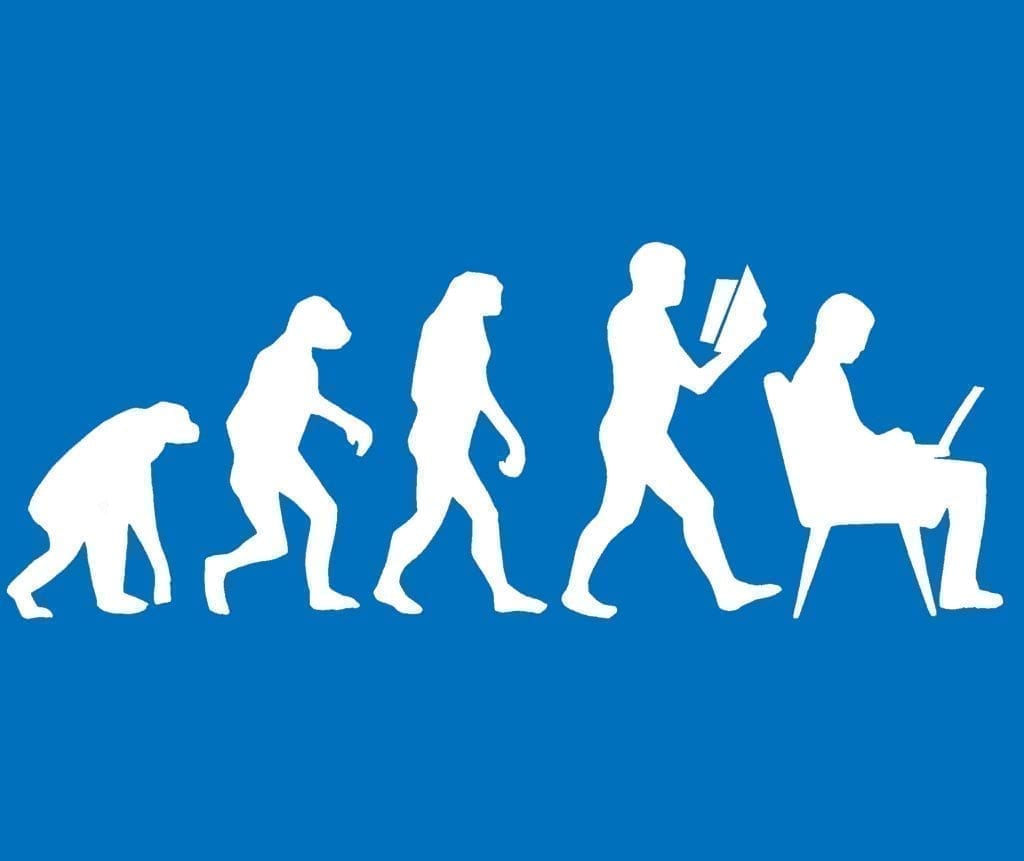The Changing Face Of The SERP


Not long ago, users who entered a query into a search engine were rewarded with a simple list of ten blue links in the search engine results page (SERP).
They were simpler days, which – for site owners looking to capitalise on organic search – meant they could write up keyword optimised pages and stand a good chance of ranking.
But those days are gone. In the last few years the familiar face of the SERP has undergone some dramatic makeovers – and sites have had to adjust their SEO accordingly to keep the traffic flowing.
New entities like Google My Business, image search, rich snippets, knowledge graph have been introduced and it’s enough to make your head spin!
But before we jump into these new features, let’s take a step back and figure out how we got to this point – and where it’s going next – because as the saying goes: to be forewarned is to be forearmed.
A Brief History of SERP Evolution
The best place to start is by understanding how Google, the friendly overlords of online search, thinks about search engines. We know from their website that Google has always operated on a dual mission:
1. To be the internet storehouse of knowledge
2. To provide the most accurate answers to search queries as possible.
As part of this mission, Google has been getting better at surfacing more relevant results. With the Rankbrain algorithm they were able to leverage a machine learning algorithm that can go beyond the keywords and understand searcher intent.
This was not really possible before – when keywords and backlinks were pretty much all that mattered for ranking – and Rankbrain ushered in the era of content marketing. That’s why you hear marketers say “content is king!” – it really did transform the quality standard of what ranked.

Following in this same vein, in recent years we’ve also seen the appearance of “rich results”. Rich results include things like the answer box (check out our step-by-step guide to ranking for the answer box), video answers, knowledge graphs, local packs and more. The kicker is that they all surface in the SERP above the standard blue links.
But we should not be surprised given Google’s mission. The motive behind all these changes to the SERP, and the motive behind every evolution of the search bar, for that matter, is to surface as accurate an answer as possible, as fast as possible, given what the algorithm can determine from the geo-location and search history data of the person searching.
But where are all these trends leading us? What is the SERP of tomorrow going to look like? When it comes to the SERP of the future, strong content won’t be enough. Here’s a preview of what to expect and exactly how to stay abreast all these exciting new changes.
The Rise of the Voice Assistant
It is easy to make the argument that the voice assistant has already ascended. Amazon Senior VP of Devices and Services, Dave Limp, dropped more than a few jaws earlier this year when he announced that 100 million Alexa devices have already been sold; other popular voice assisted devices like Google Assistant are not going to be very far behind.
One thing is for sure: the meteoric rise in popularity of voice assistant technology and the companion apps that go with it will certainly have a direct impact on the SERPs of the not-so-distant future.
Your SEO Strategy:
When it comes to SEO optimization for voice search, this ground remains largely untreated. It is still a process of trial and error – but that does not mean you can wait around. Catering keyword strategy to semantic phrases and questions is a good first step here.

Augmented and Virtual Reality
Many apps have been cashing in on augmented reality (AR) technology, involving the layering of data over top of visual images, for years now.
For instance, the ubiquitous mobile AR platform, Snapchat, announced record-breaking revenues in late 2018, and we can only expect augmented and its more radical cousin, virtual reality (VR), to be increasingly integrated into SERPS in the years to come.
Your SEO Strategy:
By far and away, the best way to jump on the AR train is to mark up your data to reflect the most relevant information possible.
VR is still largely in the testing phases, but this doesn’t mean it isn’t helpful to read up on the newest developments so you will be ready when it inevitably begins hitting the market.
“Visual search rankings are expected to rise along with voice search as standalone voice assistant technology opens new avenues to explore the potential of video technology.”
Visual Search Technology
Visual search rankings are expected to rise along with voice search as standalone voice assistant technology opens new avenues to explore the potential of video technology.
Your SEO Strategy:
Building a successful SEO strategy to accommodate video search technology is, for the time being, pretty similar to optimizing your site for voice search technology.
So how do you rank for video? It all starts with researching the types of questions your target audience has around your product or service offering. Then, instead of writing up a blog about it, do a vlog instead. Or better yet – do both!
The Bottom Line
SERPs have undergone a lot of rapid evolution, and the near future holds even more transformative change.
While it can seem intimidating to stay on top of the SEO evolution game in the face of all these new advancements, the best way to avoid falling behind is to work an online marketing agency like Climbing Trees. Let us keep pace with Google so that you can get back to what you enjoy doing best – running your business.
Written by Joshua, Account Manager


